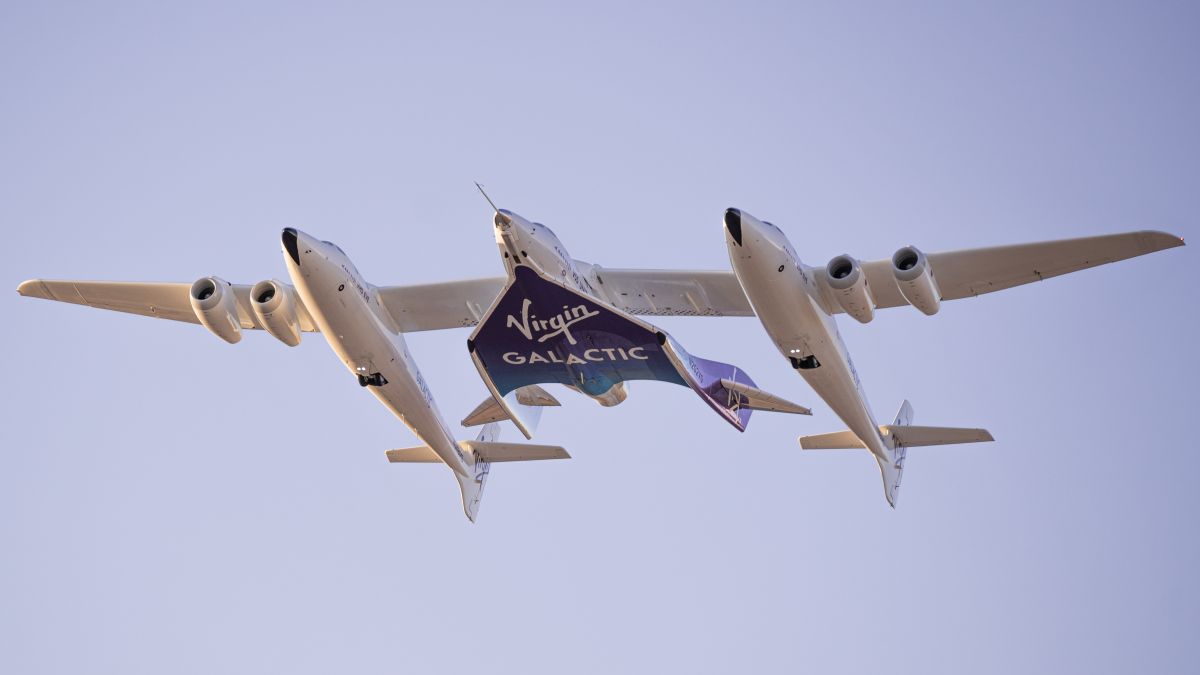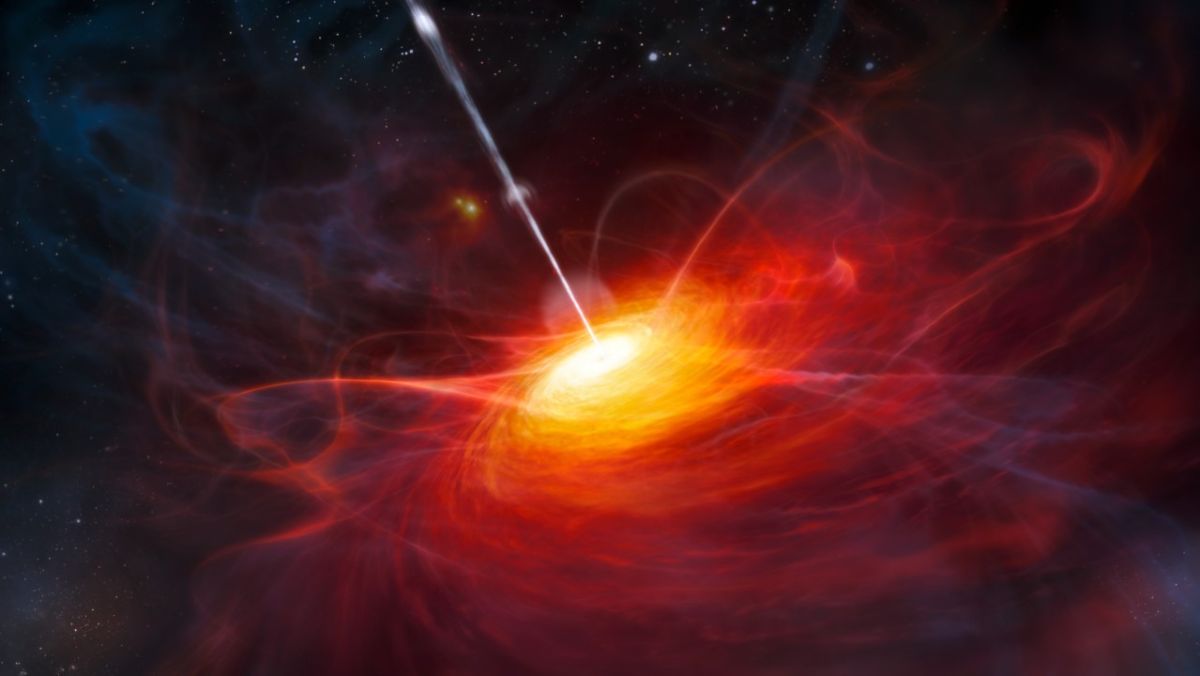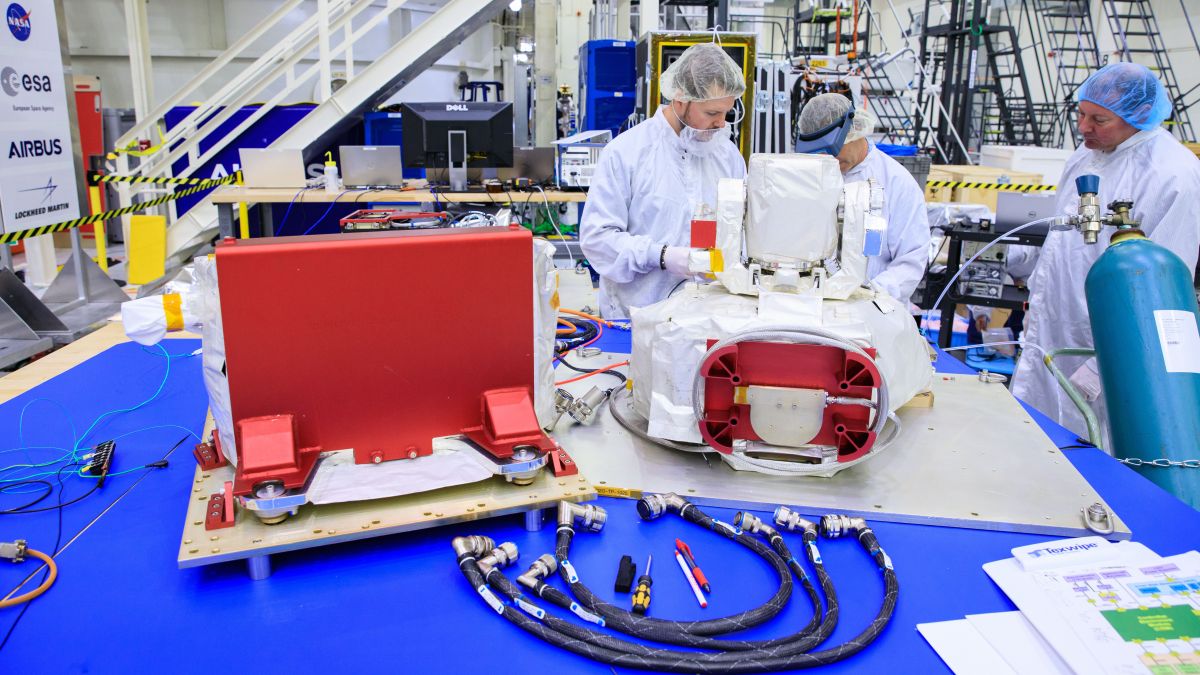Virgin Galactic is ready for the crucial first fully commercial flight of its SpaceShipTwo space plane. The mission, known as Galactic 01, will fly from Spaceport America in New Mexico on Thursday (June 29), carrying four passengers and 13 experiments for collecting medical and cosmic radiation data and studying fluid dynamics. Liftoff is expected sometime after 11:00 a.m. EDT (1500 GMT); you can watch the action live here at Space.com, courtesy of Virgin Galactic. Two pilots will guide the mothership VMS Eve to an altitude of 50,000 feet (15,000 meters),…
Read MoreMonth: June 2023
NASA Offers Media Interviews in Utah on Asteroid Sample Return
NASA invites media to the U.S. Army’s Dugway Proving Ground about 80 miles southwest of Salt Lake City on Thursday, July 20, before the agency’s first asteroid sample collected in space is returned to Earth.
Read MoreSupermassive black holes grow surprisingly quickly, study suggests
There were more monstrous black holes in the early universe than previously thought, a new study suggests. A new way to predict the masses of the largest supermassive black holes believed to lurk at the heart of most galaxies has shown that these cosmic titans may grow faster than previously believed. The results, from novel computer modeling methods, suggest that, billions of years ago, black holes may have been larger than scientists had thought. This is a potential breakthrough, because it could help researchers understand how supermassive black holes reach…
Read MoreSaturn looks incredible in these raw James Webb Space Telescope images (photos)
The James Webb Space Telescope has captured its first incredible images of the gas giant Saturn, but they aren’t quite ready for the public yet. The raw images of Saturn were revealed on the unofficial website JWST feed, which contains every piece of data collected by the powerful space telescope since it began operations in mid-2023. Currently, the images of the ringed gas giant taken by the James Webb Space Telescope (JWST) between June 24 and June 25 exist as raw unprocessed black-and-white data. But even in this “unbaked” state,…
Read MoreDark nebula dominates gorgeous new view of Orion constellation (photo)
A dark nebula known as LDN 1622, captured using the Mosaic-3 instrument on the Nicholas U. Mayall 4-meter Telescope at the Kitt Peak National Observatory (KPNO) in Arizona. (Image credit: KPNO/NOIRLab/NSF/AURA/T. A. Rector. Image processing: T.A. Rector (University of Alaska Anchorage/NSF’s NOIRLab), M. Zamani (NSF’s NOIRLab) & D. de Martin (NSF’s NOIRLab)) Dark, billowing clouds sweep across a stunning new view of a large star-forming area of the Orion constellation. These dense interstellar clouds of gas and dust comprise a dark nebula, formally known as LDN 1622. Dark nebulas are…
Read MoreNASA TechRise Student Challenge Takes Flight
Aerostar’s high-altitude balloon is shown here moments after launch carrying payloads from 20 student teams as part of NASA’s TechRise Student Challenge.
Read MoreRising to the Challenge: NASA TechRise Student Teams Take Flight
Students from 20 middle and high schools watched as their experiments launched aboard a high-altitude balloon on June 14 as part of NASA’s TechRise Student Challenge.
Read MoreSunning at Kennedy
A young alligator rests on a concrete structure at NASA’s Kennedy Space Center in Florida on April 25, 2023.
Read MorePrivate space tug spins out of control after recent SpaceX launch
Space startup Launcher has lost another of its vehicles following a successful liftoff aboard a SpaceX Falcon 9 rocket. The Orbiter SN3 space tug, designed to carry smaller satellites such as cubesats and place them into their proper orbits after separating from its launch vehicle, rode to space on SpaceX’s Transporter-8 ride-share mission on June 12, but quickly fell into an uncontrollable rotation following separation from its launch vehicle. Orbiter SN3 telemetry indicated the vehicle’s onboard attitude control system had sent the spacecraft into a rapid spin after deployment from…
Read MoreNew laser communications system arrives at NASA for Artemis 2 moon mission
NASA’s new moon spacecraft is getting a next-generation communication system. The Orion capsule undergoing preparations for the crewed Artemis 2 moon mission at NASA’s Kennedy Space Center (KSC) in Florida recently received an essential piece of mission hardware. A laser communication module, called the Artemis 2 Optical Communications System (O2O), was delivered to KSC for integration with Orion ahead of the round-the-moon Artemis 2 mission, which is expected to launch near the end of 2024. O2O uses laser technology to beam messages with data rates far greater than conventional radio…
Read More

